当前位置:网站首页>Fundamentals of process management
Fundamentals of process management
2022-07-07 02:33:00 【A bumpy programmer】
Process management is also called processor management
Procedures and processes
- The order of execution of the program :1-2-3,1 yes 2 The precursor of ,2 yes 1 In the subsequent
- The program with no precursor relationship of the same job or the program segments of different jobs can be executed in parallel .
- The characteristics of concurrent execution of programs : Lost the closeness of the program , The execution sequence of the program and the machine is no longer one-to-one correspondence , The mutual restriction of concurrent programs
Process composition
- pcb Is the only criterion for the existence of a process
- Program : A program can be shared and executed by multiple processes at the same time , Then this part should be compiled in the form of pure code , The program cannot be modified during execution
- data : The data part includes the data required for program execution and the work area , This part can only be used by one process , Is the modifiable part of the process
State of process
- Three state model
function : When a process is running on the processor
be ready : A process is ready for everything , Ready to run
Blocking : When a process is running, it needs to wait for something to run
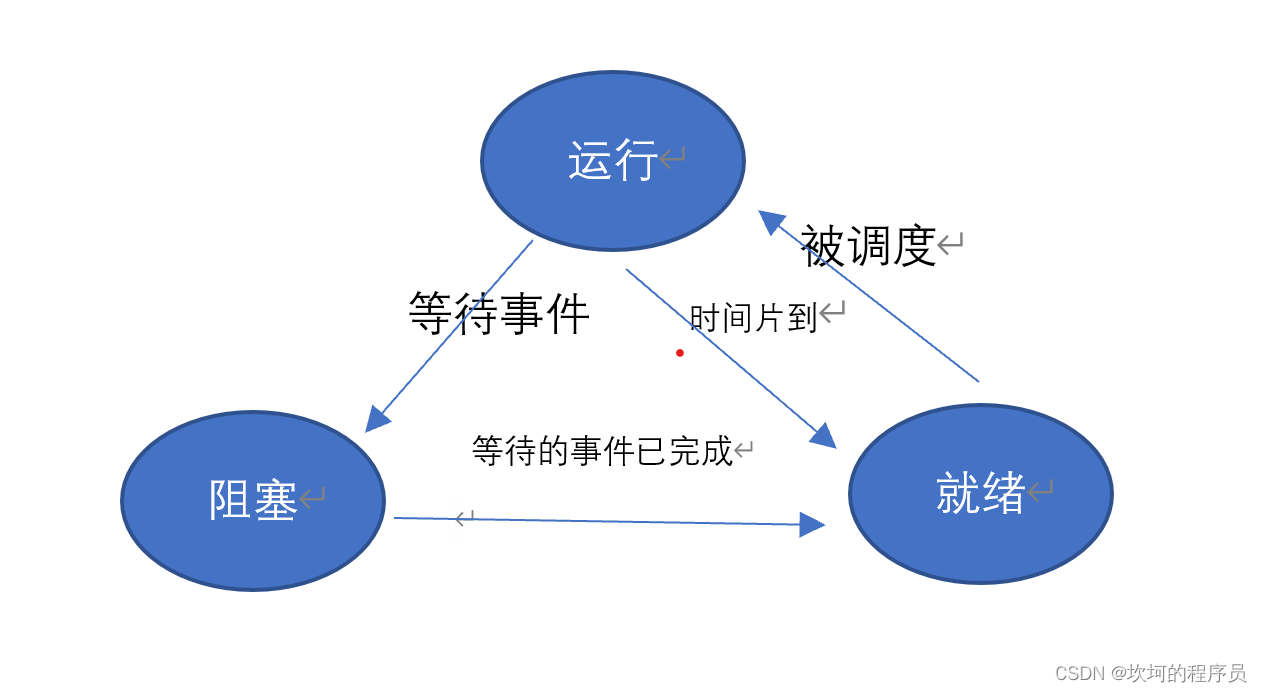
Five state model
establish : Created but not submitted
End : When the process is finished , Free memory

Pending state
Active and ready : Processes can be scheduled in main memory
Stand still : The process is switched to secondary storage , Only wait for a location in main memory , Will be scheduled , Or it has a higher priority
Active blocking : The process is in main memory , Once the waiting event is completed , Enter ready
Stand still : It's been blocked for too long , Will be switched to secondary storage , Only let the waiting event complete , Only when it is static and ready , Wait for opportunities to be active and ready
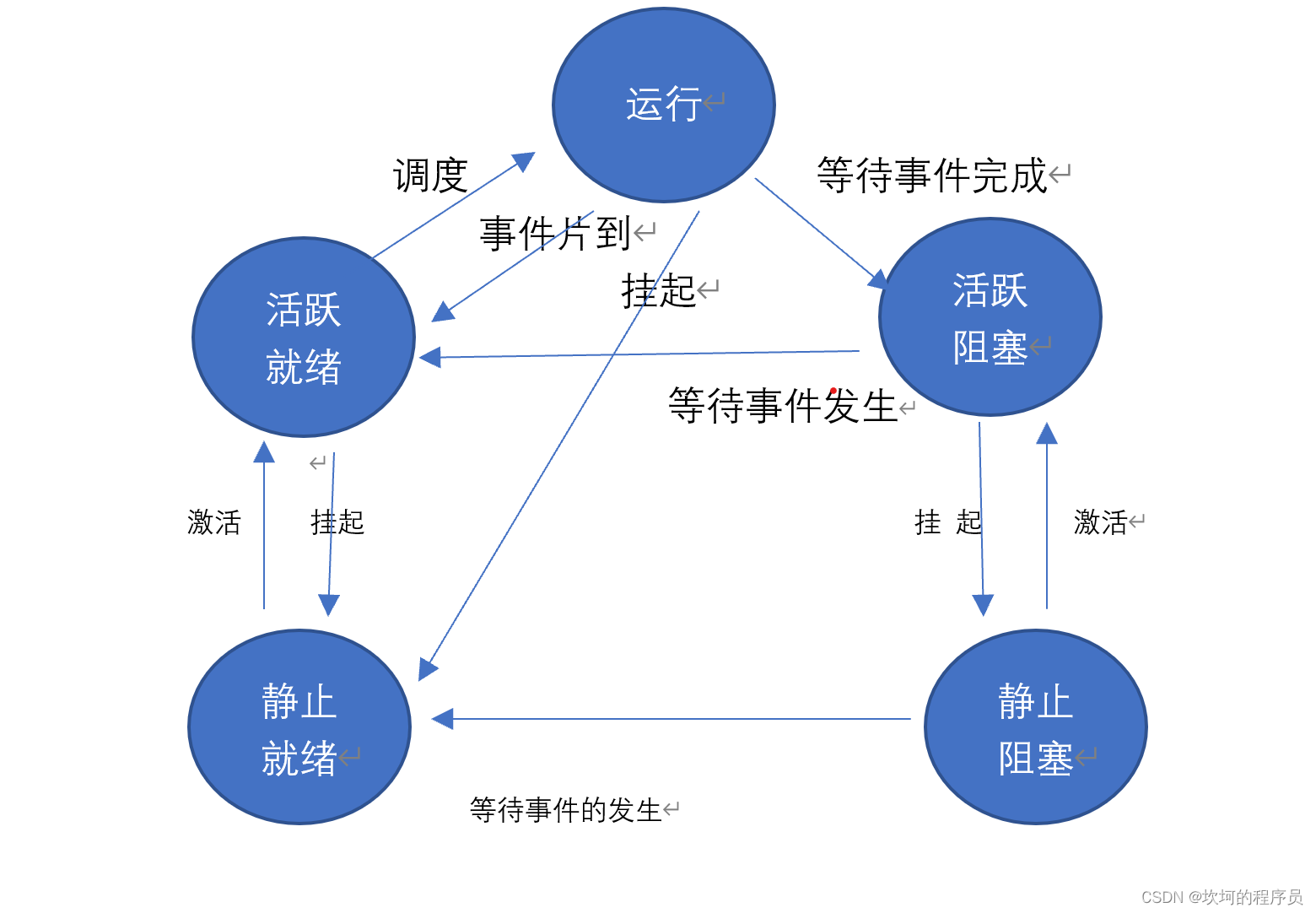
Process control
All processes from creation to extinction are effectively controlled
Process control is implemented by primitives in the operating system kernel
Interprocess communication
- Synchronization and mutual exclusion
- Sync : Inter process coordination ,a Process complete ,b Process start
- Mutually exclusive : You can't take mine
- Management principles : Enter when you are free , No time to wait , Limited waiting , Let the right waiting
- Limited waiting : To ensure that the process enters the critical zone in a limited time
- Let the right waiting : When the process cannot enter the critical zone , Let go
- Semaphore mechanism : public : Mutually exclusive ,1 Private use ; Sync 0
Advanced communication primitives
- Shared storage mode : Processes communicating with each other share some data structures to realize communication
- Messaging mode : Communicate through primitives
- Pipeline communication : adopt pip file , Write process and read process
Tube side
- Centralize resources , Abstract the resources in the system .
- The tube side is made of : Shared data , A collection of operations that can be performed by concurrent processes on shared data , The initial code and access rights consist of .
Process scheduling
- Advanced scheduling : Advanced scheduling is also called : Long scheduling , Admission scheduling , Job scheduling . Put the process into the ready state
- Intermediate dispatch : Also called : Medium range scheduling , Swap scheduling , Drop the process of the swap area to run , Or throw the blocked state to the exchange area , Make way for other processes
- Low level scheduling : Also called short-range scheduling or process scheduling , Drop the process in memory to run
- Scheduling algorithm :
- First come, first served : Who will use it first
- Time slice rotation : Fixed time slice : The time slices allocated to each process are equal , Variable time slice : Change according to the actual situation
- Priority scheduling : Schedule according to priority , Static priority : A priority will be created at the beginning , Can't change , Dynamic priority : It can change
- Multi level feedback scheduling : The highest priority queue can run first
- Process priority determination :
- about I/O Type process , Topmost queue , Computational process , Lowest level queue ,I/O Not many times , Mainly cpu The process of , At the completion of I/O after , Priority return I/O Queue of process end
Deadlock - Yes 2 A resource , One for one , But they all want to rob each other , It will form a loop , Cause a deadlock
- Deadlock solution :
- Pre static distribution : Request all resources at once , Don't give them a chance
- Orderly allocation of resources : Sort the resources in order , Don't let them form a loop
边栏推荐
- 进程管理基础
- 1 -- Xintang nuc980 nuc980 porting uboot, starting from external mx25l
- Pioneer of Web3: virtual human
- leetcode:5. Longest palindrome substring [DP + holding the tail of timeout]
- unity webgl自适应网页尺寸
- CDB PDB user rights management
- Why am I warned that the 'CMAKE_ TOOLCHAIN_ FILE' variable is not used by the project?
- Recent applet development records
- 3 -- Xintang nuc980 kernel supports JFFS2, JFFS2 file system production, kernel mount JFFS2, uboot network port settings, and uboot supports TFTP
- Introduction to FLIR blackfly s industrial camera
猜你喜欢
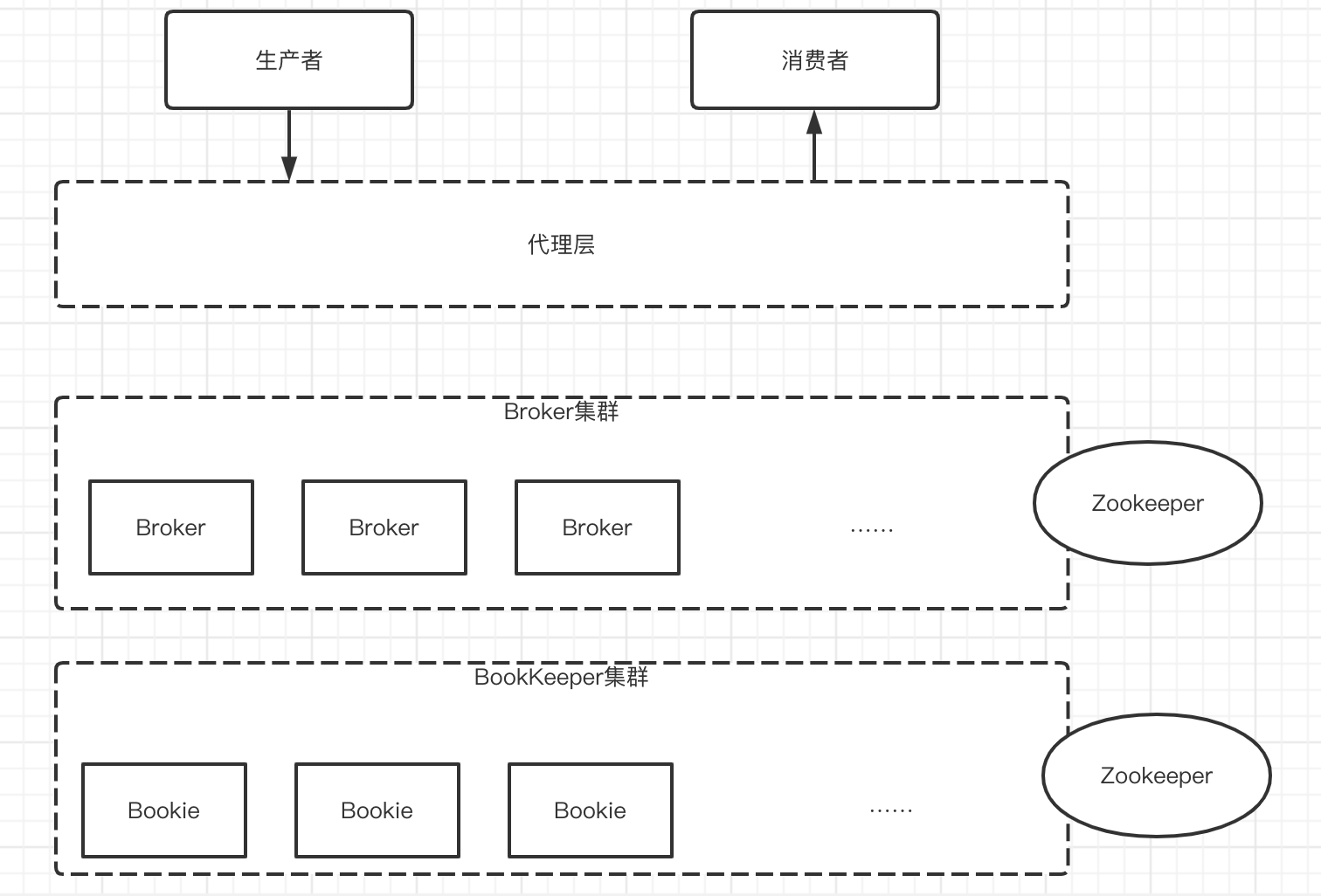
新一代云原生消息队列(一)
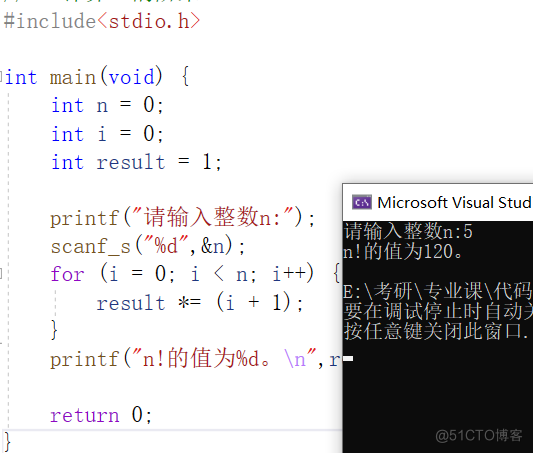
C语言练习题_1

Station B's June ranking list - feigua data up main growth ranking list (BiliBili platform) is released!

建議收藏!!Flutter狀態管理插件哪家强?請看島上碼農的排行榜!
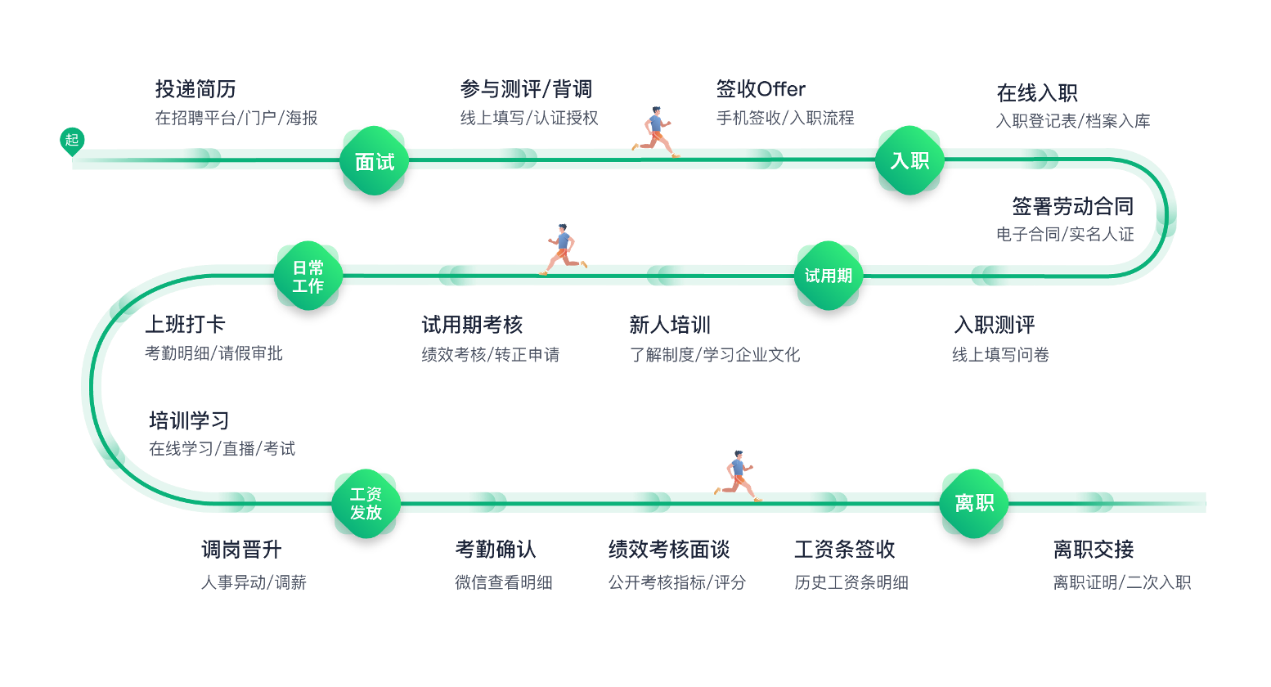
1500万员工轻松管理,云原生数据库GaussDB让HR办公更高效

Web3的先锋兵:虚拟人

Zhang Ping'an: accelerate cloud digital innovation and jointly build an industrial smart ecosystem
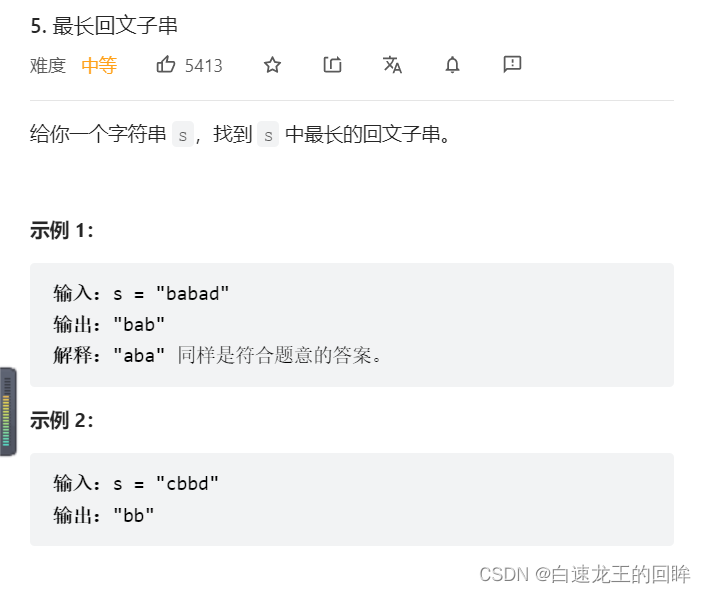
leetcode:5. 最长回文子串【dp + 抓着超时的尾巴】
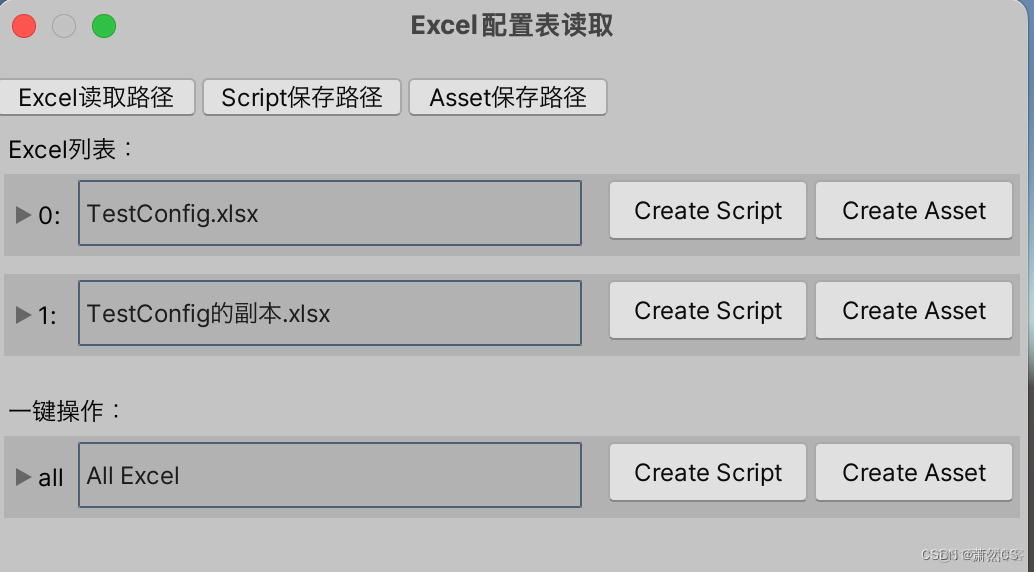
【Unity】升级版·Excel数据解析,自动创建对应C#类,自动创建ScriptableObject生成类,自动序列化Asset文件

普通测试年薪15w,测试开发年薪30w+,二者差距在哪?
随机推荐
Chang'an chain learning notes - certificate model of certificate research
Tips for web development: skillfully use ThreadLocal to avoid layer by layer value transmission
长安链学习笔记-证书研究之证书模式
如何从0到1构建32Core树莓派集群
Pioneer of Web3: virtual human
Web3的先锋兵:虚拟人
【论文阅读|深读】RolNE: Improving the Quality of Network Embedding with Structural Role Proximity
[leetcode]Search for a Range
普通测试年薪15w,测试开发年薪30w+,二者差距在哪?
新一代云原生消息队列(一)
C语言练习题_1
Lombok同时使⽤@Data和@Builder 的坑
Go swagger use
Sensor: DS1302 clock chip and driver code
go swagger使用
[paper reading | deep reading] dngr:deep neural networks for learning graph representations
真实项目,用微信小程序开门编码实现(完结)
ODBC database connection of MFC windows programming [147] (with source code)
Robot team learning method to achieve 8.8 times human return
Real project, realized by wechat applet opening code (end)